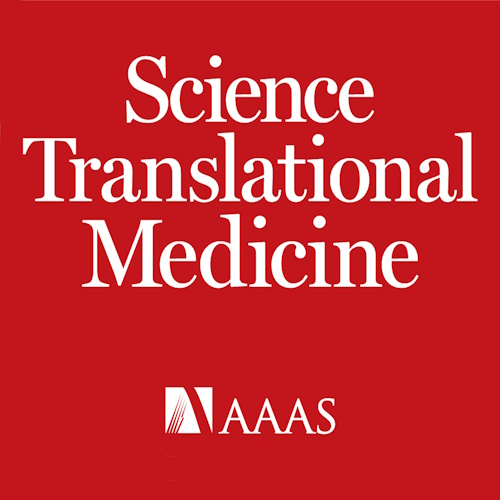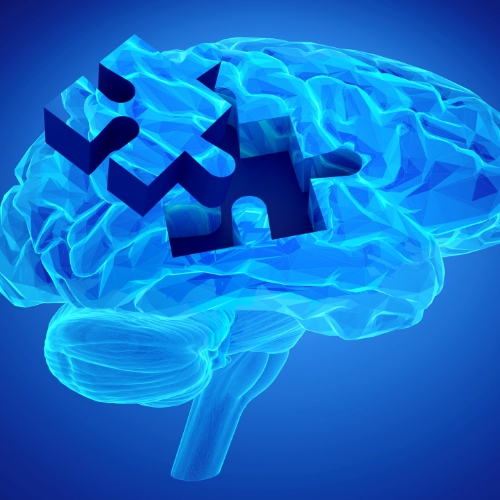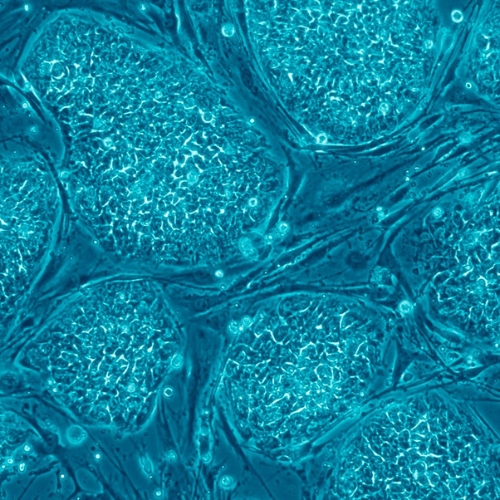Key points from article :
An experimental stem cell therapy to repair brain damage and improve memory function in mice with strokes and dementia.
Cells used in the therapy are a specialised type of glial cells.
“..secreted growth factors that stimulated the brain’s stem cells to launch a repair response,” - Irene Llorente, first author.
Formation of new neural connections and increased production of myelin.
If eliminated the injected cells a few months after, recovery was unaffected.
“Glial cell-based therapies may one day help combat the white matter damage that many stroke and vascular dementia patients suffer every year,” - Francesca Bosetti, program director at NINDS.
Producing large numbers of glial cells by treating human iPSCs with deferoxamine.
Researchers envision it as an “off-the-shelf” product, the cells would be mass manufactured, frozen and shipped to hospitals.
Conducting additional studies to apply for the US FDA permission to test the therapy in humans.
Study by UCLA published in Science Translational Medicine.






